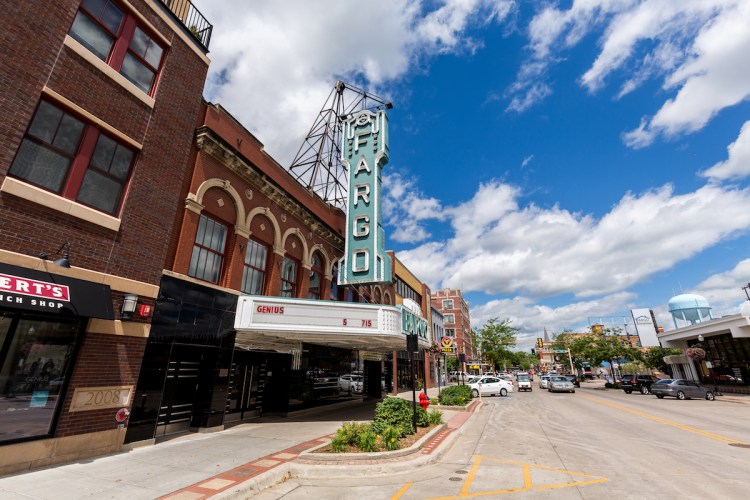Fiber cables generally offer the fastest internet speeds, but broadband providers have spent years wringing their hands over running expensive cabling to rural areas with small customer bases. Thankfully, so-called fixed wireless hardware appears set to change that equation, as Midcontinent Communications (Midco) is now offering wireless internet service to historically underserved communities within the U.S.’s Upper Midwest region.
Midco discussed its plans during Congressional testimony in Washington, D.C. (via FierceWireless), noting that most of the 342 communities it already serves have populations “closer to 500 than to 5,000” — a size that makes further network growth challenging. Between vast farms, harsh weather conditions, and terrain challenges, placing fiber cables in every corner of Kansas, Minnesota, North Dakota, South Dakota, and Wisconsin isn’t economically feasible.
Fixed wireless provides a solution. While traditional cable service runs wires directly from the provider to towers and homes, fixed wireless works like a Wi-Fi or cellular connection, using radio spectrum between the customer’s home and the provider’s nearest wireless tower.
Midco says that it acquired a fixed wireless provider named InvisiMax after the companies successfully deployed wireless broadband to a rural North Dakota community in only 30 days. Its current fixed wireless hardware offers customers up to 50Mbps downloads and 10Mbps uploads, even when the customers are 50 miles away from Midco’s existing fiber network. As Midco executive Justin Forde explained:
June 5th: The AI Audit in NYC
Join us next week in NYC to engage with top executive leaders, delving into strategies for auditing AI models to ensure fairness, optimal performance, and ethical compliance across diverse organizations. Secure your attendance for this exclusive invite-only event.
We can also deploy new fixed wireless networks during the winter months, when harsh weather makes fiber construction impossible. Fixed wireless allows Midco to offer internet where the terrain makes it difficult, if not impossible, to provide fiber internet connectivity, such as through the Badlands of North Dakota and South Dakota, the granite fields in Northern Minnesota, or the limestone cliffs in Eastern Minnesota. This technology also allows Midco to reach vast areas of farmland where it is not economically feasible to run fiber to every farm, because there may be many miles between each farm.
Though 50Mbps download speeds aren’t super-fast by today’s standards, that’s enough to satisfy the average four-person family’s current internet and video streaming needs. And with next-generation 5G cellular services just around the corner, fixed wireless solutions are set to offer dramatically higher bandwidth: Promised 1Gbps base speeds would be around 20 times faster.
In the United States, Verizon has focused the most substantially upon offering fixed wireless 5G solutions, which will be the core of its promised 2018 rollout in four cities. T-Mobile has said that it will leverage Sprint’s network to offer fixed 5G wireless services if the companies are permitted to merge.
Traditional cable companies are also exploring the potential of fixed 5G service to replace or augment their existing fiber networks. Though some have openly downplayed the value of fixed wireless, suggesting that it won’t be a viable replacement for fiber, Midco’s example demonstrates that augmentation of an existing fiber network has potential to reach customers who previously had no internet access at all.

